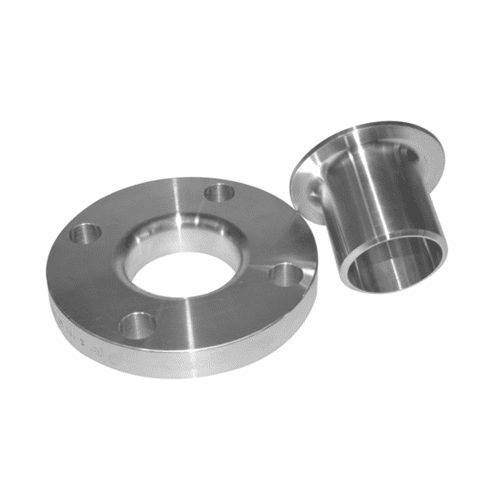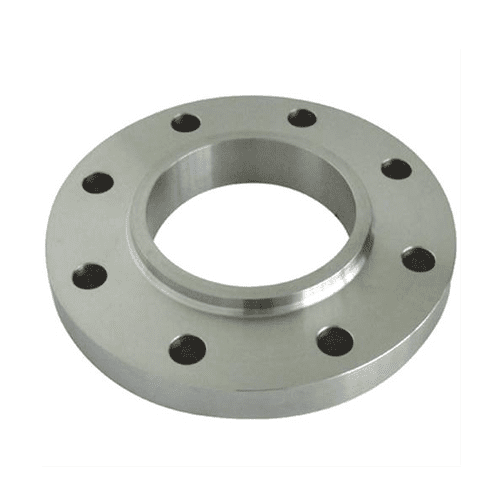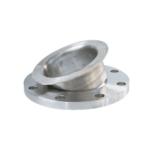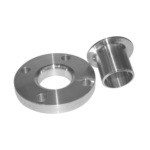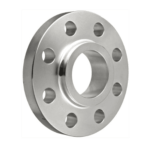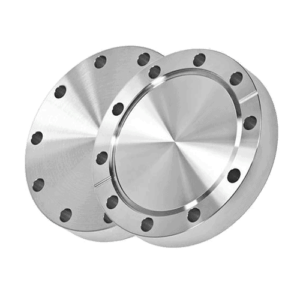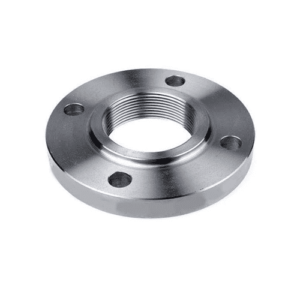Mastering the Basics of Lap Joint Flanges: From Definition to Applications
Introduction
In the vast realm of piping systems, each component plays a pivotal role in ensuring fluidic efficiency, and among them, flanges have a unique importance. One such integral component that often goes unnoticed is the lap joint flange. In this guide, we'll shed light on its significance, dive into its applications, and share insights to help you make informed decisions, whether you're installing, purchasing, or simply wanting to know more.
Defining the Lap Joint Flange
At its core, a lap joint flange can be defined as a two-component assembly, consisting of a stub end and the actual flange. The design allows the flange to move freely around the stub end, offering flexibility during bolt alignment. This particular design contrasts with other flange types, like the weld neck or slip-on, which are fixed in position once connected.
Applications of Lap Joint Flanges
One might wonder where lap joint flanges find their place, given the variety of flange options available. They're especially valuable in:
- Systems requiring frequent maintenance: Since they can be rotated for alignment, maintenance becomes easier.
- Material-cost saving: When dealing with expensive pipes (like stainless steel), lap joint flanges allow for the use of cost-effective carbon steel flanges with the pricier stub end, saving on material costs.
Installation Techniques
Installing a lap joint flange is methodical. Here's a basic guide:
1.Preparing the Pipe: Ensure the pipe end is clean, smooth, and free from any defects.
2.Positioning the Stub End: Slide the stub end onto the pipe. Ensure it's aligned perfectly.
3.Placing the Flange: Slide the lap joint flange over the stub end, aligning the bolt holes of the flange with the mating flange.
4.Bolt Tightening: Secure the flanges together using appropriate bolts and gaskets.
5.Checking: Ensure there are no gaps or misalignments. Test for leaks.
Note: Always refer to specific manufacturer guidelines and use suitable gaskets and bolts.
Lap Joint Flange Standards and Specifications
Lap joint flanges adhere to certain standards to ensure quality and compatibility:
- ANSI/ASME: The American National Standards Institute and the American Society of Mechanical Engineers provide guidelines, especially B16.5, which covers pressure, temperature ratings, and sizes.
- Materials & Ratings: Commonly, lap joint flanges are made of carbon steel, stainless steel, or alloy steel. They are available in various pressure ratings, often denoted by classes (like Class 150 or Class 300).
Always ensure the flanges you purchase or work with comply with these standards for safety and reliability.
Purchasing Guide
If you're in the market for lap joint flanges, keep these tips handy:
- Know Your Specifications: Be clear about size, pressure ratings, and material. Each system will have unique requirements.
- Research Suppliers: Not all suppliers are created equal. Look for reviews, certifications, and ask for referrals.
- Price vs. Quality: Don't let price be the only deciding factor. Quality is paramount, especially for components that play a role in safety.
Troubleshooting Common Issues
While lap joint flanges are robust, like all equipment, they aren't immune to issues:
- Leakage: The most common problem. Ensure proper gasket usage and even bolt tightening.
- Improper Fit: Can arise if the flange or stub end isn't manufactured to standards. Always buy from reputable suppliers.
- Corrosion: Especially in humid or marine environments. Opt for corrosion-resistant materials or coatings.
Visual Exploration
Understanding lap joint flanges becomes easier with a visual guide:
- Diagrams: Look for detailed diagrams that label each part of the flange, especially the distinction between the flange and stub end.
- Real-world Images: Photos of installations can give insights into practical applications and common setups.
Remember, a picture is worth a thousand words. If you're struggling to grasp a concept, seek out visual aids.
Conclusion
Lap joint flanges, though a small component in the grand scheme of piping systems, carry immense significance. Whether you're a seasoned engineer, a procurement professional, or a curious individual, understanding the nuances of these flanges can make a world of difference in your projects. With this knowledge, you're better equipped to make informed decisions, ensure safety, and optimize performance.
SPECIALIZATIONS
| Size | 1/2″ to 48″ (As Per Requirement) |
| Material Standard | Stainless steel / Cast iron / Aluminium / Brass / Bronze / Plastic / M.S |
| Pressure Rating & Class | 150 / 300 / 400 / 600 / 900 / 1500 / 2500 |
| Color | Silver / Black / Red / Pink / Blue / Purple / Gold / Orange / Grey |
| Finishing | Raised face / Flat face |
| Usage/Application | Piping / Valves / Pumps / Process Plant |
| Thikness | 5mm to 50mm |
| Connection | Welded / Screwed |


